AI Product Requirements
Master the AI Product Requirements Document Generator
Unlock efficient product planning by crafting precise AI-driven PRDs. Leverage ClickUp Brain to streamline your product requirements with smart automation and clarity.
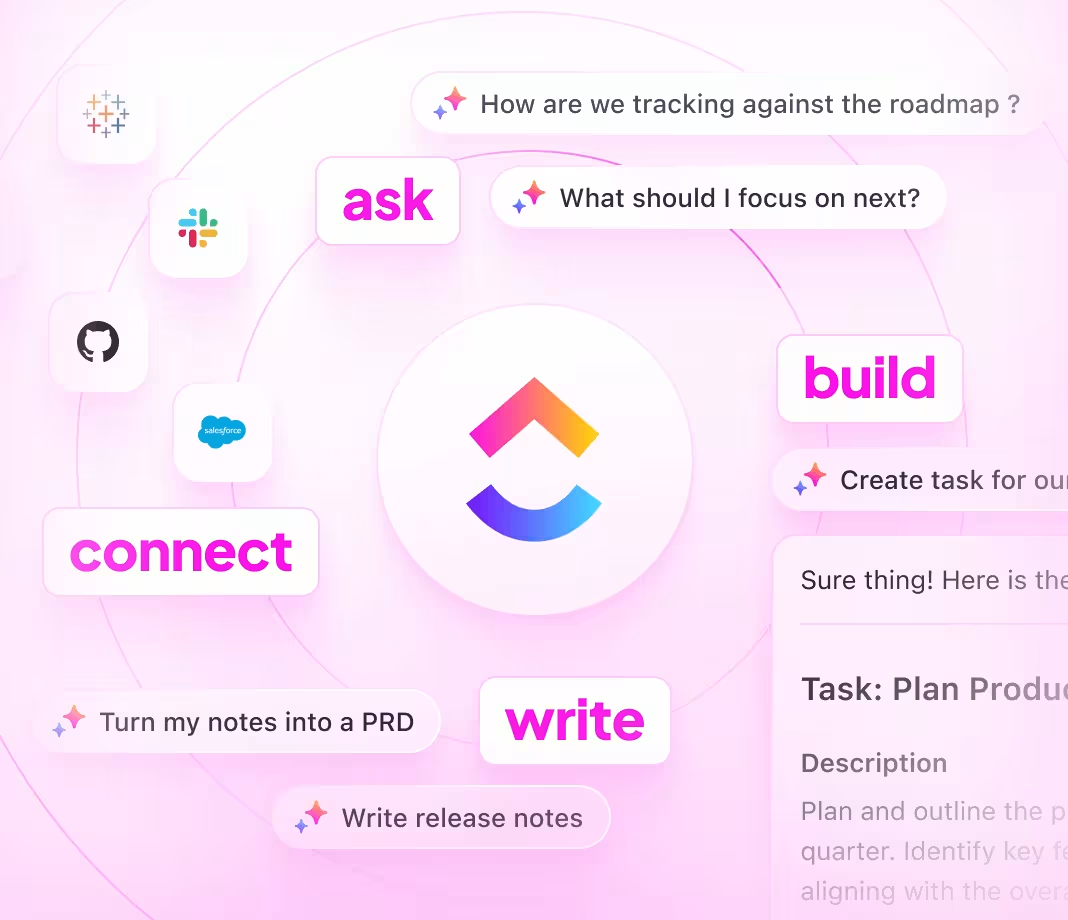
Trusted by the world’s leading businesses
AI for Product Management
Introducing the AI Product Requirements Document Generator
An AI Product Requirements Document (PRD) Generator automates the creation of detailed product specs that align teams and accelerate delivery. Traditionally, PRDs required manual drafting, constant revisions, and tedious coordination among stakeholders.
AI reshapes this by allowing you to input key product ideas and constraints in natural language, instantly outputting structured, comprehensive PRDs tailored to your project’s needs.
With ClickUp Brain’s integration, your PRDs become dynamic, context-aware documents that evolve alongside your product development lifecycle, connecting effortlessly with tasks, goals, and roadmaps.
ClickUp Brain vs Traditional Methods
Why Choose ClickUp Brain for Your AI PRD Generator
ClickUp Brain elevates product documentation with intelligent context and seamless workflow integration.
Conventional PRD Tools
- Manual drafting: Requires extensive time and effort to compile product details.
- Static documents: PRDs often become outdated quickly and lack interactivity.
- Siloed information: Specs disconnected from project management and collaboration tools.
- Version confusion: Multiple document iterations cause misalignment.
- Limited intelligence: No contextual understanding or smart suggestions.
ClickUp Brain
- AI-driven generation: Create detailed PRDs from simple prompts within your workspace.
- Live updates: PRDs sync automatically with project changes and team inputs.
- Integrated ecosystem: Connect specs directly to tasks, goals, and timelines.
- Collaboration-first: Real-time editing and feedback within a secure environment.
- Brain Max enhancement: Customize AI logic for advanced product documentation workflows.
Step-by-Step Instructions
How to Generate an AI Product Requirements Document
Follow these steps to produce precise, actionable PRDs that keep your product on track.
1. Gather Core Product Inputs
Traditional approach: Manually collect user stories, features, and market research from disparate sources.
With ClickUp Brain:
Input your product vision, target audience, and feature ideas directly into the AI prompt. ClickUp Brain consolidates this data to create a foundational document draft.
2. Define User Needs and Goals
Traditional approach: Write user personas and goals separately, often in isolated documents.
With ClickUp Brain:
Use natural language to describe user problems and objectives. The AI interprets and structures these into clear user requirements within the PRD.
3. Outline Features and Specifications
Traditional approach: Manually specify detailed feature lists and technical requirements.
With ClickUp Brain:
Prompt the AI to generate feature descriptions, acceptance criteria, and dependencies based on your inputs, adapting to your product style and complexity.
4. Review, Collaborate, and Iterate
Traditional approach: Circulate static documents for feedback, leading to version conflicts.
With ClickUp Brain:
Collaborate live with stakeholders on the PRD within ClickUp Docs. Updates auto-sync with your project plan, ensuring alignment and quick iteration.
Streamline Your Product Specs
Replace tedious PRD creation with AI-driven, collaborative documents that evolve with your team’s workflow.





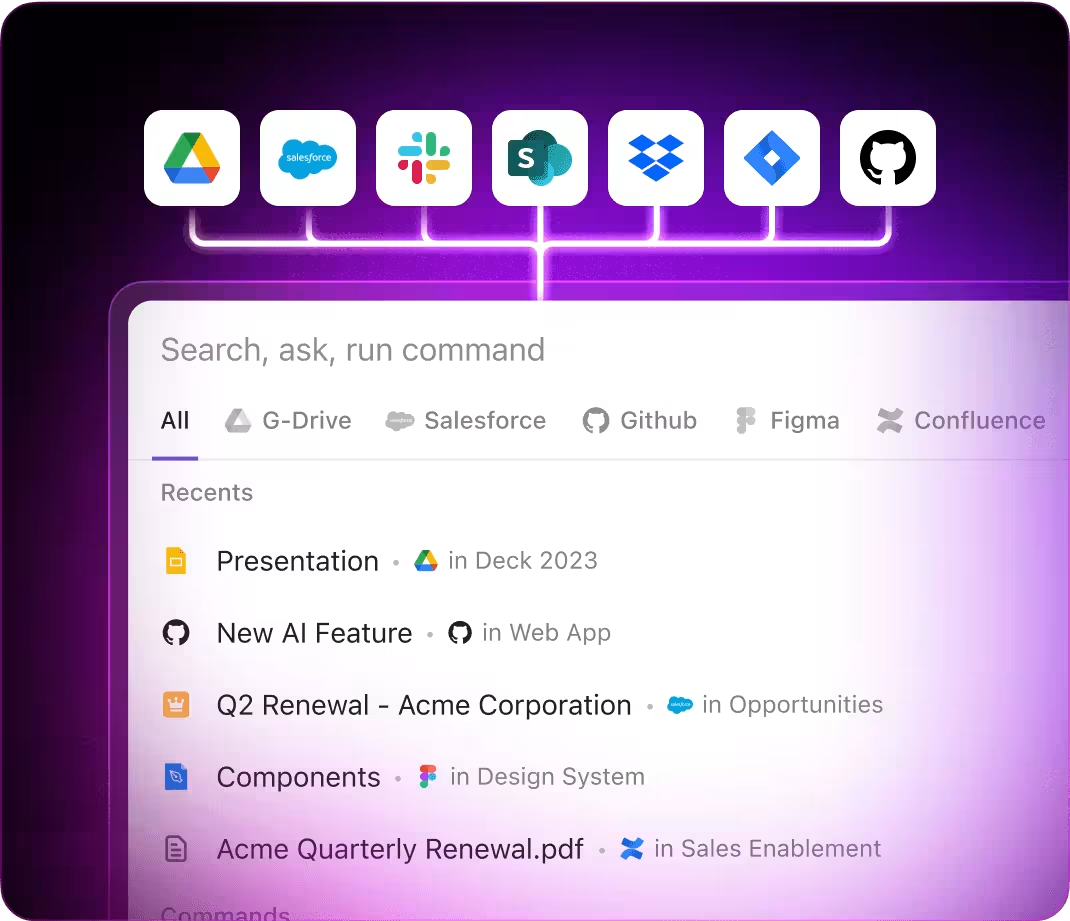
Use Cases
3 Impactful Use Cases for AI-Generated Product Requirements
Discover how product leaders harness AI PRD Generators to deliver better products faster.
Use Case 1
Accelerate MVP Development Cycles
Product managers rapidly generate focused PRDs to guide minimum viable product builds, aligning engineering and design teams early and reducing time-to-market.
AI helps prioritize features and clarify scope, ensuring lean development and swift validation.
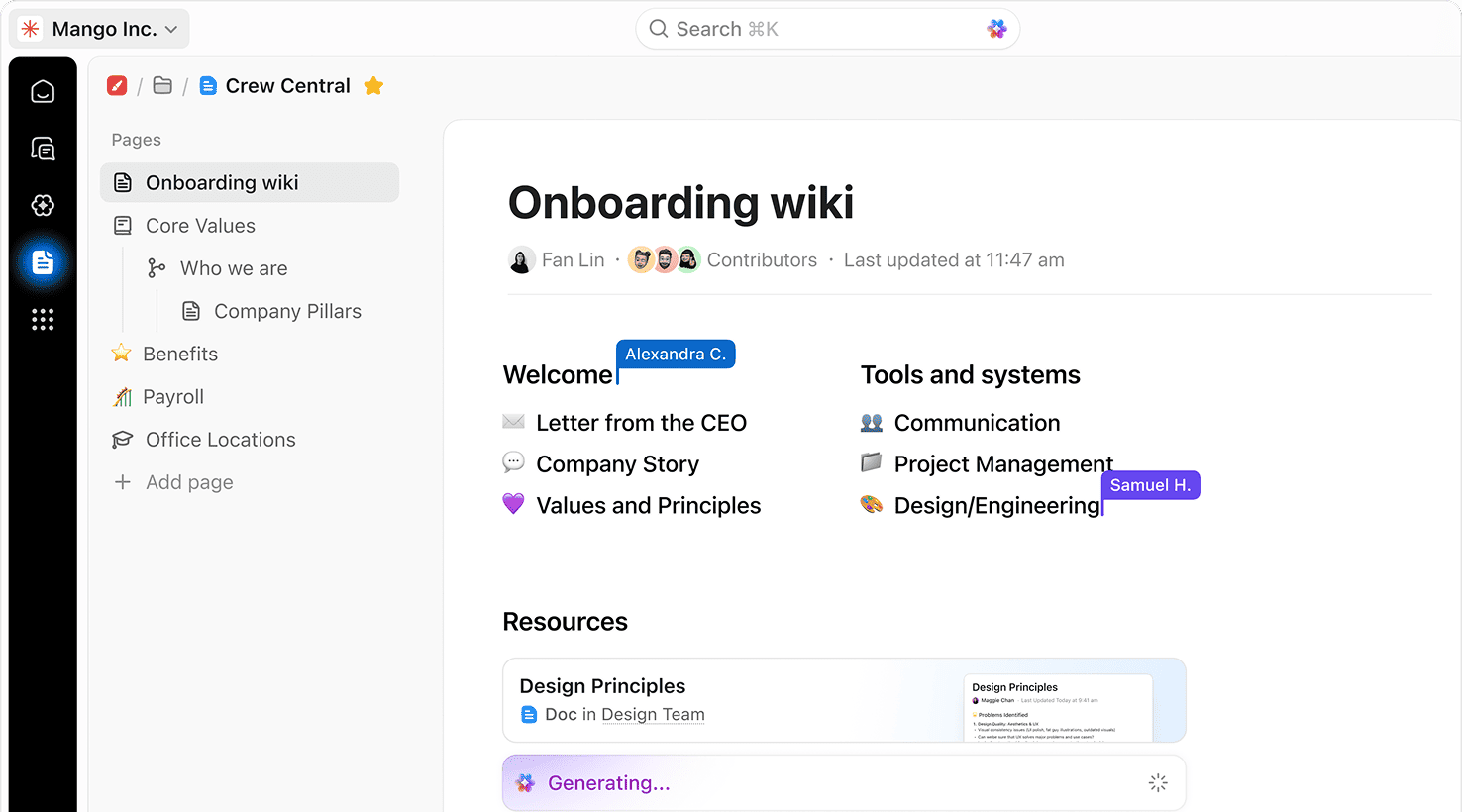
Use Case 2
Facilitate Cross-Functional Alignment
AI-generated PRDs serve as a single source of truth, enabling product, marketing, and customer success teams to synchronize expectations, timelines, and deliverables.
This shared clarity minimizes rework and accelerates product launches.

Use Case 3
Support Agile Iterations and Enhancements
Easily update product requirements as feedback and data emerge. AI-powered PRDs adapt dynamically, keeping specs current and actionable across sprints.
Teams gain flexibility without sacrificing documentation quality.
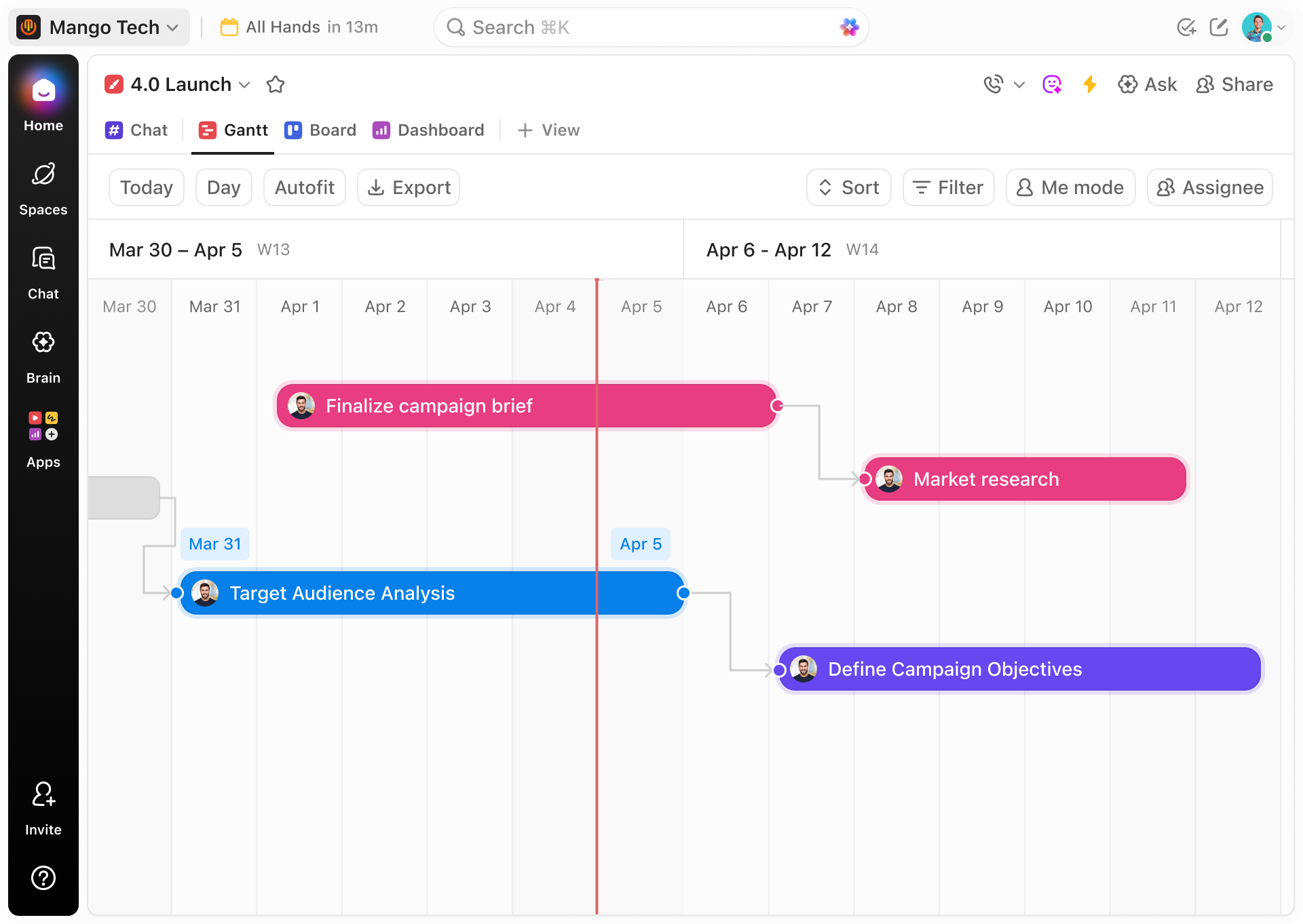
Essential Features
What Defines a Top-Tier AI Product Requirements Document Generator?
Key capabilities that empower product teams to craft effective, living PRDs.
Natural Language Processing
Understand and convert plain English inputs into structured product requirements.
Dynamic Document Sync
Automatically update PRDs with changes in project scope or team feedback.
Workflow Connectivity
Integrate seamlessly with tasks, user stories, and roadmap tools.
Customizable Templates
Adapt PRD formats to fit diverse product types and organizational standards.
Requirement Traceability
Link features to goals, user needs, and test cases for end-to-end visibility.
Collaborative Review Tools
Enable real-time comments, edits, and approvals within the PRD environment.
Elevate Your Product Planning
Harness AI to draft, refine, and maintain PRDs effortlessly—so your team stays aligned and products succeed.





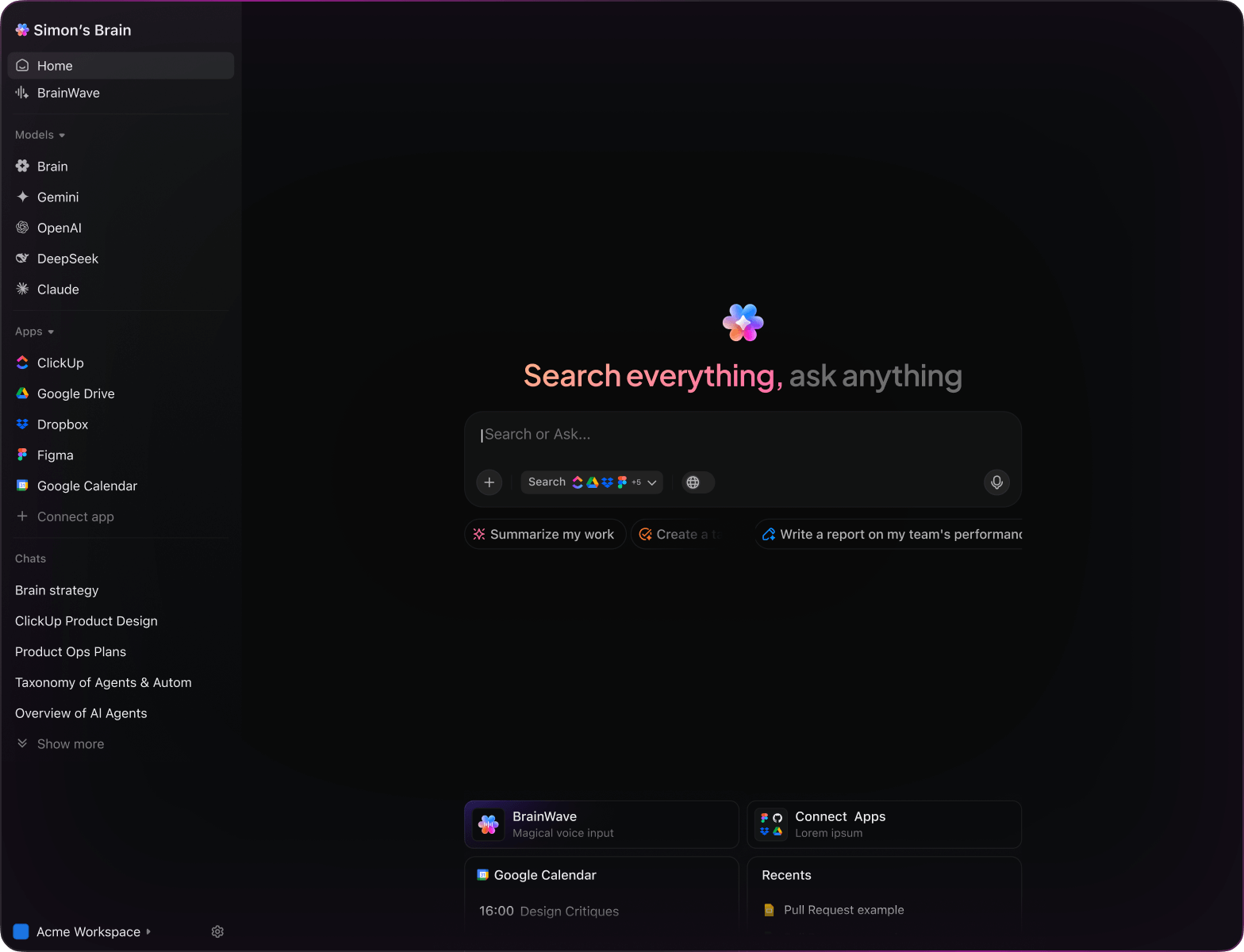
FAQs